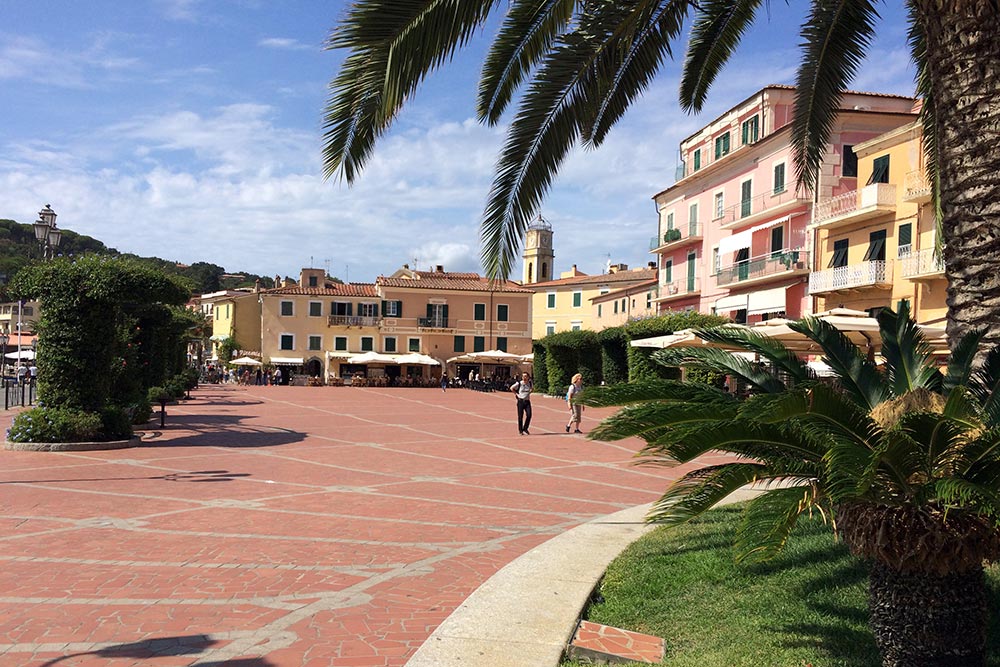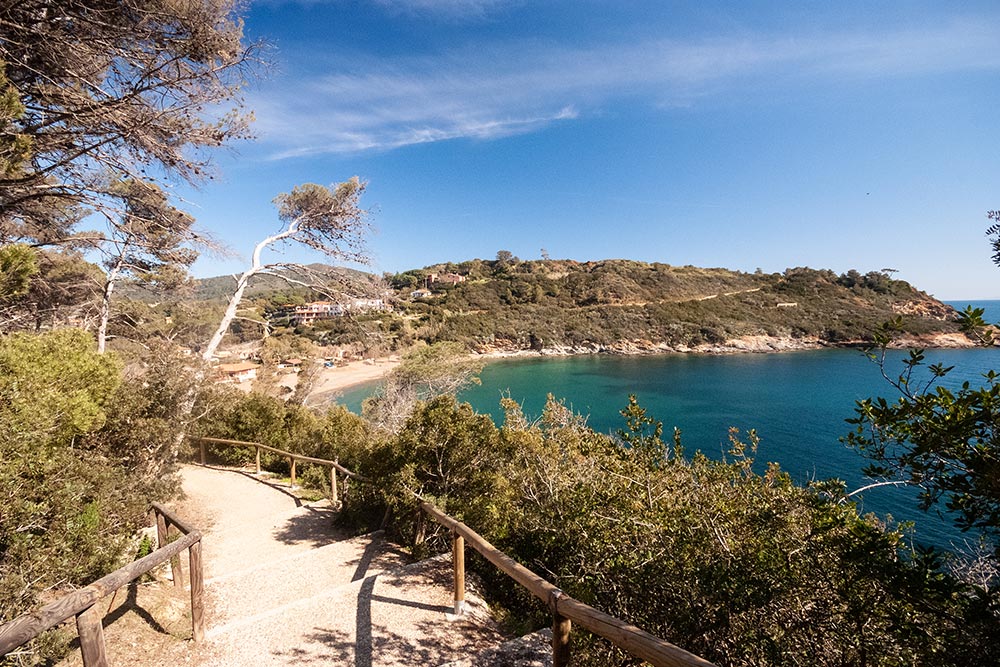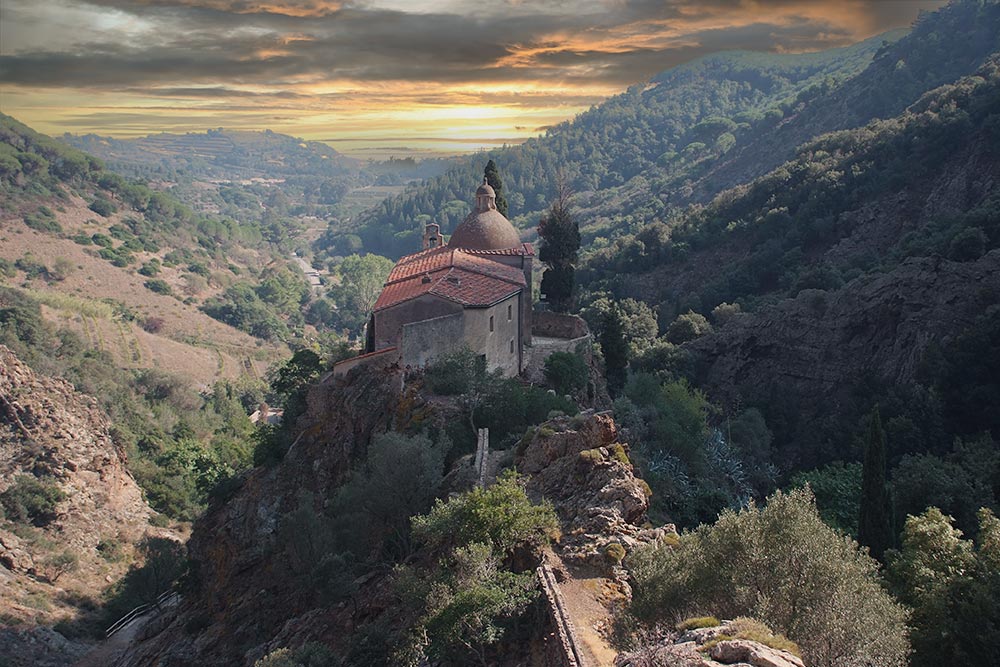Porto Azzurro, a town of 3,100 residents on the eastern side of the island of Elba, is nestled in a sheltered inlet of the Gulf of Mola, a natural harbour along the Tyrrhenian maritime routes since ancient times.
The seafront square stands as the genuine heart of the town, greeting tourists with its authentic charm. Overlooking the marina and surrounded by traditional buildings painted in lively colours, the square buzzes with cafes, restaurants, and shops offering local delights. This cultivates a welcoming and laid-back atmosphere that appeals to the senses. The square hosts major events and manifestations, including concerts, performances, presentations, and award ceremonies for sporting events.
Porto Azzurro marina accommodates sailing boats and yachts, providing a tranquil haven. The harbour waters are ideal for leisurely strolls along the quay, allowing visitors to fully appreciate the coastal beauty. Offering various water activities, from boat excursions to hiring sailing dinghies and exploring underwater depths through scuba diving, the marina becomes a must-visit for sea enthusiasts and those seeking hidden wonders beneath the waves.
One of the best ways to delve into history is through the Carmignani Walk. This pedestrian path guides travellers along the majestic walls of the Fortress of San Giacomo, leading to the picturesque locality of Barbarossa. Along the way, one can enjoy breathtaking views of the surrounding coastline. It is an experience that transports visitors back in time, providing a unique perspective on the island's rich history.
Formerly known as Portolongone, the town is situated at the foot of the headland dominated by the Fortress of San Giacomo. Built by Philip II of Spain in 1563, the fortress has a star-shaped layout reminiscent of Antwerp castle.br>
Enduring centuries of torment by Saracen pirates, Portolongone was a battleground for major European powers. It belonged to the Stato dei Presidi, came under French control, reverted to Spanish rule, and from 1759 was under the Kingdom of Naples until 1802, when the entire island became part of French possessions under Napoleon. In 1815, following the Emperor's fall, it was annexed to the Grand Duchy of Tuscany until the unification of Italy.
Evidence of these historical events can be explored within the Fort of San Giacomo, now serving as the house of punishment. Together with Fort Focardo, it formed the defensive system of the Gulf of Mola. Another significant site is the Sanctuary of the Madonna di Monserrato, commissioned by the Spanish Governor and named after the renowned sanctuary near Barcelona. The Sanctuary preserves an image of the Virgin considered a perfect copy of the one in Spain, and an annual celebration takes place on 8th September. Lastly, there is the Spanish Church housing the marble monument of General Diego D'Alarçon.





